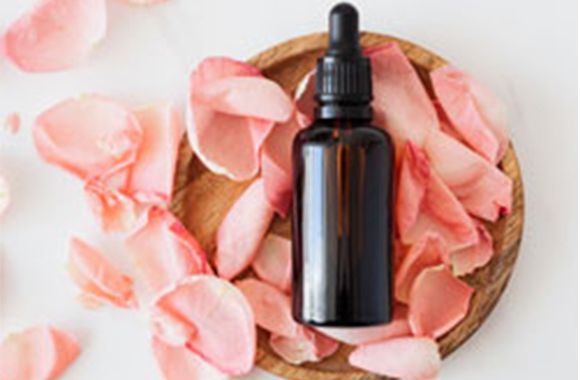
Polysorbate 20 is a transparent, yellow to amber-colored, slightly viscous liquid, nominally supplied as a 100% active product. However, most grades of this hygroscopic material may contain up to 3% w/w water. The material is easily soluble in both cold and hot water, with a cloud point exceeding 100°C at a 2% w/w concentration. Polysorbate 20 is non-toxic, non-irritating, and very gentle on the skin and eyes. Impurities in the material may include unesterified ethoxylated products such as sorbeth-20, unreacted fatty acids, 1,4-dioxane, and peroxides formed from the auto-oxidation of the PEG chain.
The formation of peroxides in Polysorbate 20 is particularly noteworthy because it can reduce the purity, performance, and appearance of the material and promote the degradation of other compounds in a given formulation. High-purity grades of Polysorbate 20 minimize the formation of peroxides by eliminating bleaching steps in the manufacturing process and transporting and storing the material under inert gases such as nitrogen.
Polysorbate 20 has many well-known applications in personal care. Over 60 years ago, Polysorbate 20 was the key material used by Griffin in the development of the HLB system for emulsifier selection, a system still in use today. Polysorbate 20 has an HLB value of 16.7 and is an effective microemulsifier that can dissolve water-insoluble compounds such as active ingredients, fragrance oils, etc. When combined with SL, Polysorbate 20 acts as an effective O/W emulsifier.
Like other high HLB ethoxylated nonionic surfactants, Polysorbate 20 can be used to reduce the irritation of detergent surfactants. In fact, it was used in the development of the first baby shampoo product. This compound is also used to reduce the viscosity of surfactant solutions, possibly because it can disrupt the formation of entangled worm-like micelles.
It is well known that Polysorbate 20 can inactivate preservatives (such as parabens) and antimicrobial agents because it tends to isolate these compounds in its nonionic micelles. While parabens are the most obvious example, Polysorbate 20 can also inactivate organic acids such as benzoic acid and sorbic acid. Additionally, it can deactivate antimicrobial agents like the cationic surfactants benzalkonium chloride and cetylpyridinium chloride. Therefore, Polysorbate 20 should be used with caution, and the efficacy of preservatives and antimicrobial agents should always be verified through appropriate efficacy testing when used in combination with Polysorbate 20.